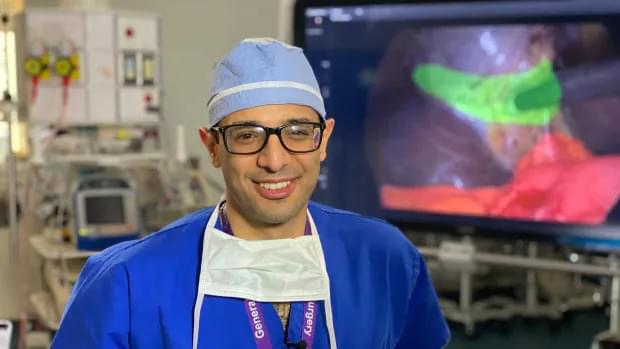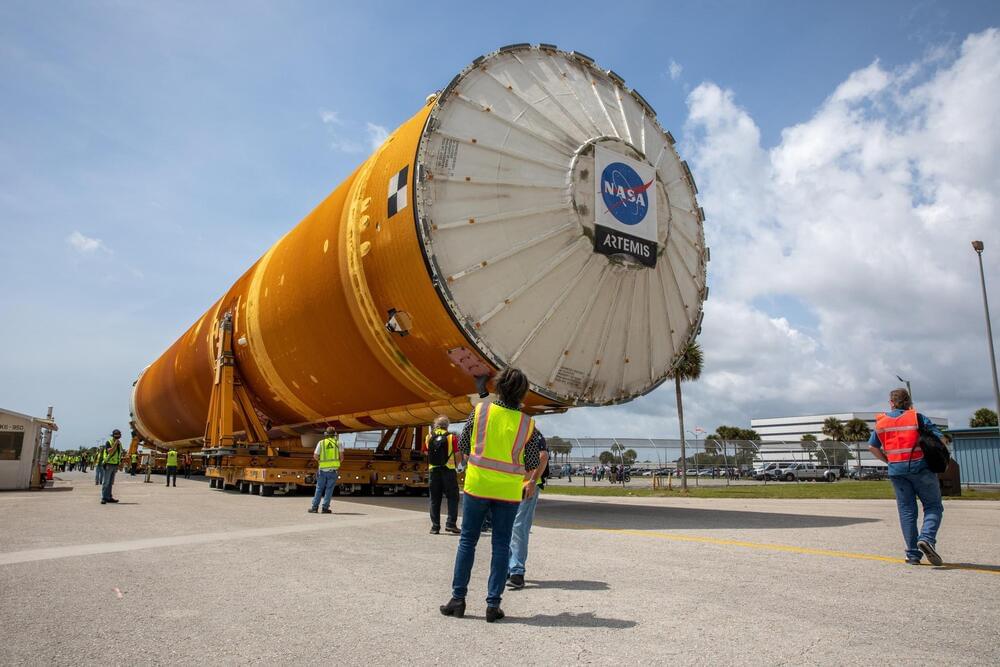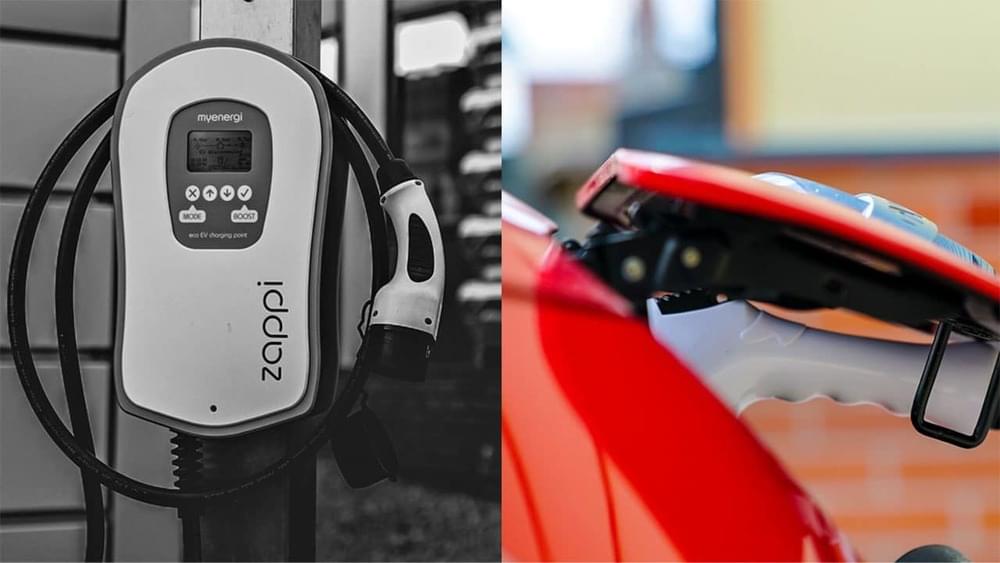The integration of AI into devices will improve the efficiency, security, and speed of data analytics. Edge AI is the future of data.
In a recent interview, Elon Musk rejected the claims about Starlink satellites crowding the space.
Couple of days ago, China complained to the UN that their space station had two close encounters with Starlink satellites and for safety reasons they implemented preventive collision avoidance control. China’s complain stated that the first incident occurred on 1st July and the second one was on 21st October 2021.
For your information, Starlink is the satellite internet constellation started by Elon Musk’s SpaceX and it aims to provide low cost high speed broadband internet service in every corner of the world, especially in rural places where cell services are not that advance. Currently there are over 1200+ Starlink satellites in space.
Toronto surgeon Amin Madani has developed technology aimed at reducing the risk of complications that can result from invasive procedures, such as gallbladder surgery.
James Webb Tracker! #NASA #WEBB
#JWST #NASA #JamesWebbLaunch.
LIMITED EDITION Launch Commemorative Shirt — www.etsy.com/shop/TheLaunchPadShop.
James Webb Space Telescope launched on Saturday, Dec 25 at 12:20 UTC from Guiana Space Centre. Webb Telescope liftoff aboard Ariane 5 rocket.
James Webb Space Telescope (JWST) is a space telescope being jointly developed by NASA, the European Space Agency, and the Canadian Space Agency. It is planned to succeed the Hubble Space Telescope as NASA’s Flagship astrophysics mission.
With revolutionary technology, Webb will observe a part of space and time never seen before, providing a wealth of amazing views into an era when the very first stars and galaxies formed–over 13.5 billion years ago.
Webb is NASA’s largest and most powerful space science telescope ever constructed. Webb’s enormous size and frigid operating temperature present extraordinary engineering challenges.
After launching from French Guiana, the observatory will travel to an orbit about one million miles away from Earth and undergo six months of commissioning in space—unfolding its mirrors, sunshield, and other smaller systems, cooling down, aligning, and calibrating.
Hypersonic air travel is anything that travels at Mach 5, or five times the speed of sound. The U.S. was once a leader in developing supersonic and hypersonic technology, but has taken “our foot off the gas,” according to Mark Lewis, executive director of the National Defense Industrial Association’s Emerging Technologies Institute.
Watch the video to find out more about how the U.S. fell behind Russia, China and possibly North Korea, and how we’re spending billions to catch up.
Hypersonic air travel, for both military and commercial use, could be here within the decade.
The $770 billion National Defense Authorization Act signed into law Tuesday calls for investing billions into hypersonic research and development, making them a top priority for Washington. The next step is congressional approval to allocate the money for the technology to the Pentagon.
“If you are traveling at hypersonic speeds, you’re, you’re going more than a mile per second,” said Mark Lewis, executive director of the National Defense Industrial Association’s Emerging Technologies Institute. “That’s important for military applications. It could have commercial applications. It could also open up new, new ways of reaching space.”
Hypersonic is anything traveling above Mach 5, or five times the speed of sound. That’s roughly 3,800 mph. At those speeds, commercial planes could travel from New York to London in under two hours.
NASA’s Exploration Ground Systems fully assembled NASA’s Space Launch System rocket and Orion Spacecraft, and our launch and recovery teams are fully certified for NASA Artemis I, launching next year. Artemis I will be the uncrewed start of humanity’s return to the Moon! 🌕
Risen Energy Co. is planning to build a 45 billion yuan ($7 billion) integrated solar power factory in Inner Mongolia that’ll run on clean energy.
Risen Energy Co. is planning to build a 45 billion yuan ($7 billion) integrated solar power factory in Inner Mongolia that’ll run on clean energy.
The US Navy’s new Ford-class carriers use the Electromagnetic Aircraft Launch System to catapult planes off their decks, and France wants it too.
Do you like to keep learning?
Why should be stop at 16, or after University?
The world is changing so fast now, the idea of life long learning is becoming a necessity.
I look at what is wrong, how we can change it & the benefits that this could bring to not just the individual, but society as a whole.
Have a great day and a happy new year to you all.








